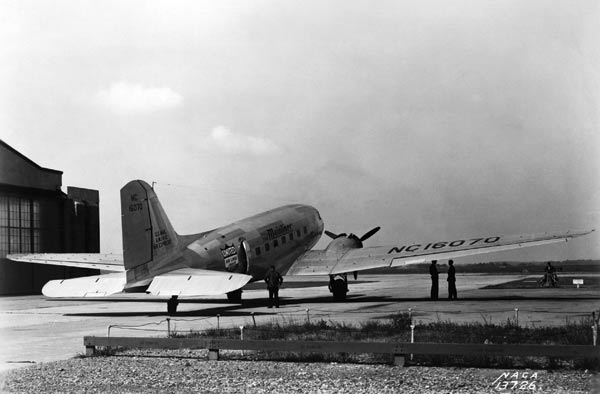The Evolution of Innovation
How companies develop new products and how the companies themselves develop in the process.
The companies that the editors of Technology Review selected for the TR50 all have strong records of innovation. But how does the innovation process at a startup like Twitter compare with that at IBM? In a series of articles in the 1970s, including a 1978 contribution to TR, Harvard business professor William J. Abernathy and MIT professor of management and engineering James M. Utterback posed this basic question:
How does a company’s innovation–and its response to innovative ideas–change as the company grows and matures?
Abernathy and Utterback created a model, still in use, that described the life cycle of industrial innovation. They began with two extreme cases to define the limits of their “spectrum of innovators”:
This story is only available to subscribers.
Don’t settle for half the story.
Get paywall-free access to technology news for the here and now.
Subscribe now
Already a subscriber?
Sign in
Past studies of innovation imply that any innovating unit sees most of its innovations as new products. But that observation masks an essential difference: what is a product innovation by a small, technology-based unit is often the process equipment adopted by a large unit to improve its high-volume production of a standard product.
The authors found that small companies or groups are most often the source of radical product innovations.
New products which require reorientation of corporate goals or production facilities tend to originate outside organizations devoted to a “specific” production system; or, if originated within, to be rejected by them.
A more fluid pattern of product change is associated with the identification of an emerging need or a new way to meet an existing need; it is an entrepreneurial act. … It is reasonable that the diversity and uncertainty of performance requirements for new products give an advantage in their innovation to small, adaptable organizations with flexible technical approaches and good external communications, and historical evidence supports that hypothesis.
To be sure, radical innovations generate excitement and attract attention, but these are merely the beginning of the story for products that succeed in the marketplace.
One distinctive pattern of technological innovation is evident in the case of established, high-volume products such as incandescent light bulbs, paper, steel, standard chemicals, and internal-combustion engines. … In all these examples, major systems innovations have been followed by countless minor product and systems improvements, and the latter account for more than half of the total ultimate economic gain due to their much greater number.
Of course, the two extreme cases are just that, and companies like the ones profiled in this issue fall at all places on the spectrum. In fact, the authors argue that successful companies are likely to move from one end to the other in their lifetime. The histories of two very different industries illustrate the common trajectory.
Two types of enterprise can be identified in this early period of the new [semiconductor] industry–established units that came into semiconductors from vested positions in vacuum tube markets, and new entries such as Fairchild Semiconductor, I.B.M., and Texas Instruments, Inc. The established units responded to competition from the newcomers by emphasizing process innovations. Meanwhile, the latter sought entry and strength through product innovation. … Since 1968, however, the basis of competition in the industry has changed; as costs and productivity have become more important, the rate of major product innovation has decreased, and effective process innovation has become an important factor … .
Like the transistor in the electronics industry, [Douglas Aircraft’s] DC-3 stands out as a major change in the aircraft and airlines industries. … Just as the transistor put the electronics industry on a new plateau, so the DC-3 changed the character of innovation in the aircraft industry for the next 15 years. No major innovations were introduced into commercial aircraft design from 1936 until new jet-powered aircraft appeared in the 1950s. Instead, there were simply many refinements to the DC-3 concept–stretching the design and adding appointments; and during the period of these incremental changes airline operating cost per passenger-mile dropped an additional 50 percent.*
The way companies manage this transition from the initial “fluid” phase to the later “specific” stage is vitally important.
*For a review of Boeing’s new 787 Dreamliner, see “Reinventing the Commercial Jet”.
